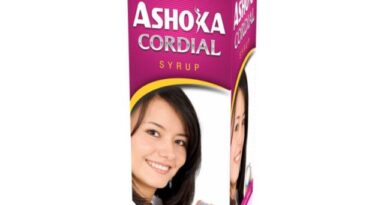SCREEN PRINTING – PRINTS ON T-SHIRTS
SCREEN PRINTING is the most popular method of printing on clothing, usually used for larger quantities. In the following article you will learn about screen printing and how we do screen printing in Dallas.
The screen printing technique has a very long history – it comes from the so-called stencil painting, already known in ancient times. In this method, the matrix of the so-called sieve. It is usually an aluminum frame on which a net with very fine “mesh” is stretched. After applying the emulsion and irradiation, some of the meshes in the sieve are closed, while the free meshes form a matrix. During printing, the appropriate ink is spread over the entire surface of the mesh with a squeegee. However, it only squeezes through the free eyelets directly onto the surface of the garment. In this way, an effective print is created.
We have modern machines for printing on clothes, which allow you to print up to 500 t-shirts per hour in 8 colors at the same time! On these machines, you can get an accurate representation of very complex patterns. The screen printing method allows you to reproduce the colors of the logotype or graphic pattern in the Pantone scale. We also print multicolored graphics in CMYK or spot separation.
Screen printing is the most popular method of printing on T-shirts. We print on T-shirts with high-quality paints from world-renowned manufacturers.
We usually use plastisol inks, but customers are increasingly choosing water-based inks as well. In both cases, we guarantee a long period of preserving the color saturation of the print and high durability of use.
Screen printing is the only method that allows the use of interesting printing effects, e.g. swelling printing giving the effect of a convex print, metallic paints in the color of silver, gold or copper, paints that glow in the dark and others.
The price of screen printing depends on the quantity, the size of the print and the number of colors used in the project. The most attractive prices for screen printing occur with larger print runs, because the fixed prepress costs are proportionally distributed over a larger amount of clothing.
We must remember that when using this method, the design printed on clothing must be the same for the entire print run, but the selection of different colors of clothes for printing one design does not affect the price.
Order T-shirt printing from us and join the group of satisfied customers.
Advantages of screen printing:
- Best price
Screen printing is unbeatable in large quantities (over 100 pcs)
- Wide application
Screen printing can be used on many types of fabrics: cotton, knitted fabrics. Therefore, it can be used to mark clothing as well as bags, umbrellas and hats.
- Durability
Thanks to the use of very durable printing inks, the prints are resistant to e.g. to moisture, UV radiation, mechanical damage or washing.
- Colors
Thanks to the use of the color palette according to the PANTONE scale, we obtain vivid, saturated colors. The use of a large amount of paint makes it possible to obtain very expressive and fully saturated colors.
- Quality and precision
Highly detailed items can be printed with very accurate color matching.
- Refinement
As the only technique, it allows the use of print refinement (swelling printing, glitter, gel, 3D printing and others).
How to prepare a project?
In most cases, projects should be provided in vector form, in curves or attached fonts.
We prefer and recommend CDR (CorelDraw up to X5 version) or AI (Adobe Illustrator up to CS5 version)
Other acceptable formats: PDF, EPS.
In the case of an order to print bitmap graphics, we prefer a PSD (PhotoShop) or TIFF file, on layers.
Other acceptable formats: PNG, JPG.
Bitmaps (photos) should have a resolution of at least 200 ppi.
Save black-and-white graphics in grayscale mode (ie containing only black).
Sending graphics with a lower resolution means acceptance of lowering the quality of the photo
Microsoft PowerPoint (PPT, PPS) and Word (DOC, DOCX) files are not accepted.
What are halftones (screens)?
Halftones are used when it is not possible (or not economical) to use printing ink at different levels of color intensity, because the ink is not diluted locally or the thickness of its coating is not differentiated.
A raster is a single-tone image made up of tiny dots, giving the impression of continuous tone when viewed from a distance. Rasters can be seen if we enlarge the photo from the newspaper, and even if we look closely at the TV screen. They all consist of tiny dots.
In screen printing, a screen ruling of 50-70 LPI is used (ruling is a parameter showing how many rows of dots arranged parallel to each other fall on a unit of length. The ruling is expressed in lines per inch – lpi).




